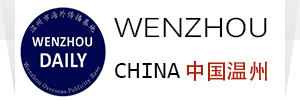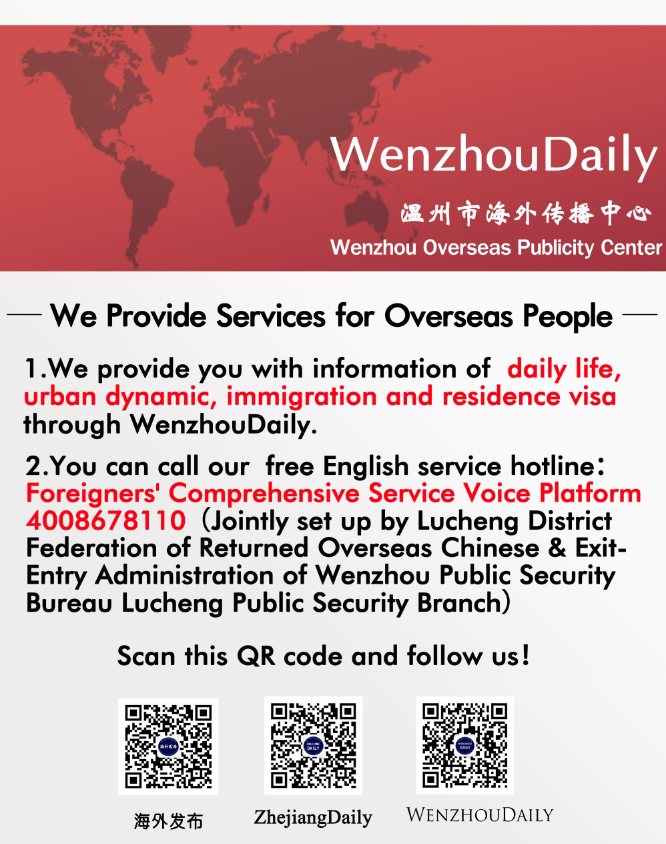


The latest version of the "Guideline for Wenzhou Citizens to Wear Masks Scientifically" is released
In order to further implement normalized prevention and control measures and firmly hold the defense line of COVID-19 prevention and control. Referring to the"Guideline for Health Protection Measures for COVID-19 in Winter and Spring" by the Zhejiang Provincial COVID-19 Prevention and Control Office ([2020] No. 135), the Wenzhou Municipal COVID-19 Prevention and Control Office organized experts to revise the "Guideline for Wenzhou Citizens to Wear Masks Scientifically".
Guideline for Wenzhou Citizens to Wear Masks Scientifically (Revised Version)
1. People who go to medical institutions for medical treatment, visit, and escort, or who has developed suspicious symptoms such as fever or cough.
2. Staff who work in places such as warehouses of aquatic products, frozen food and agricultural and sideline products, wholesale markets, farmer's markets, as well as the purchasers, drivers and conductors who transport and purchase the above-mentioned products.
3. The staff who provide services in nursing homes, welfare homes and other institutions, and the outsiders who enter the above-mentioned institutions.
4. The staff of railway stations, bus stations, passenger terminals, airports and other public places, and the drivers and passengers of public transportation such as planes, trains, buses, taxis, online taxis, water buses, etc.
5. Workers in shopping malls, supermarkets, hotels, guesthouses and other public places, and other personnel who enter the above-mentioned places.
6. Workers in banks, exhibition halls, libraries, museums and various office halls, and other personnel who enter the above-mentioned places.
7. Workers in closed places such as pharmacies, barber shops, beauty salons, theaters, amusement halls, Internet cafes, gymnasiums and KTV, and other people who enter the above-mentioned places.
8. School service personnel such as on-campus guards, cleaners, and cafeteria staff, and outsiders who enter the school.
9. People who are in poorly ventilated place (elevators, public toilets) or crowded places (such as ticket offices, doorways in tourist attractions), and those who must wear masks in accordance with industry management regulations.
10. During indoor gathering activities such as conferences, participants shall maintain a safe social distance and strictly implement the regulations as wearing masks.
(2). Circumstances that masks are recommend to wear
1. The elderly, the infirm and patients with chronic diseases who must go out.
2. In public places such as outdoors, parks, night markets where it is difficult to maintain a safe social distance of more than 1 meter with others
3. In indoor public places where no people gather but the space is closed.
(3). Circumstances that masks can not be worn
1. At home.
2. In public places such as outdoors, parks, night market activities where people can maintain a safe social distance of more than 1 meter with others.
3. Cycling, self-driving.
4. The staff who engage in non-external service work in relatively fixed workplaces.
1. Patients with severe heart and lung diseases should wear a mask under the guidance of a doctor.
2. Under normal circumstances, infants and children under the age of 3-year-old do not wear masks.
(5). Matters needing attention
Wash your hands before wearing a mask and after removing it. Pay attention to the front and back, up and down of the mask when wearing. The mask should cover the mouth and nose, if not, adjust the nose clip to fit the face. One-time masks should be used only once, and the accumulated use time should not exceed 8 hours. It is not recommended to reuse the mask for a long time even after cleaning and disinfection. Discarded masks are classified as other wastes for disposal. Medical and health institutions, staff in crowded places, or other discarded masks with suspected contamination must be stored separately and treated as hazardous wastes.
The article is sourced from "COVID-19 Prevention & Control Office"



